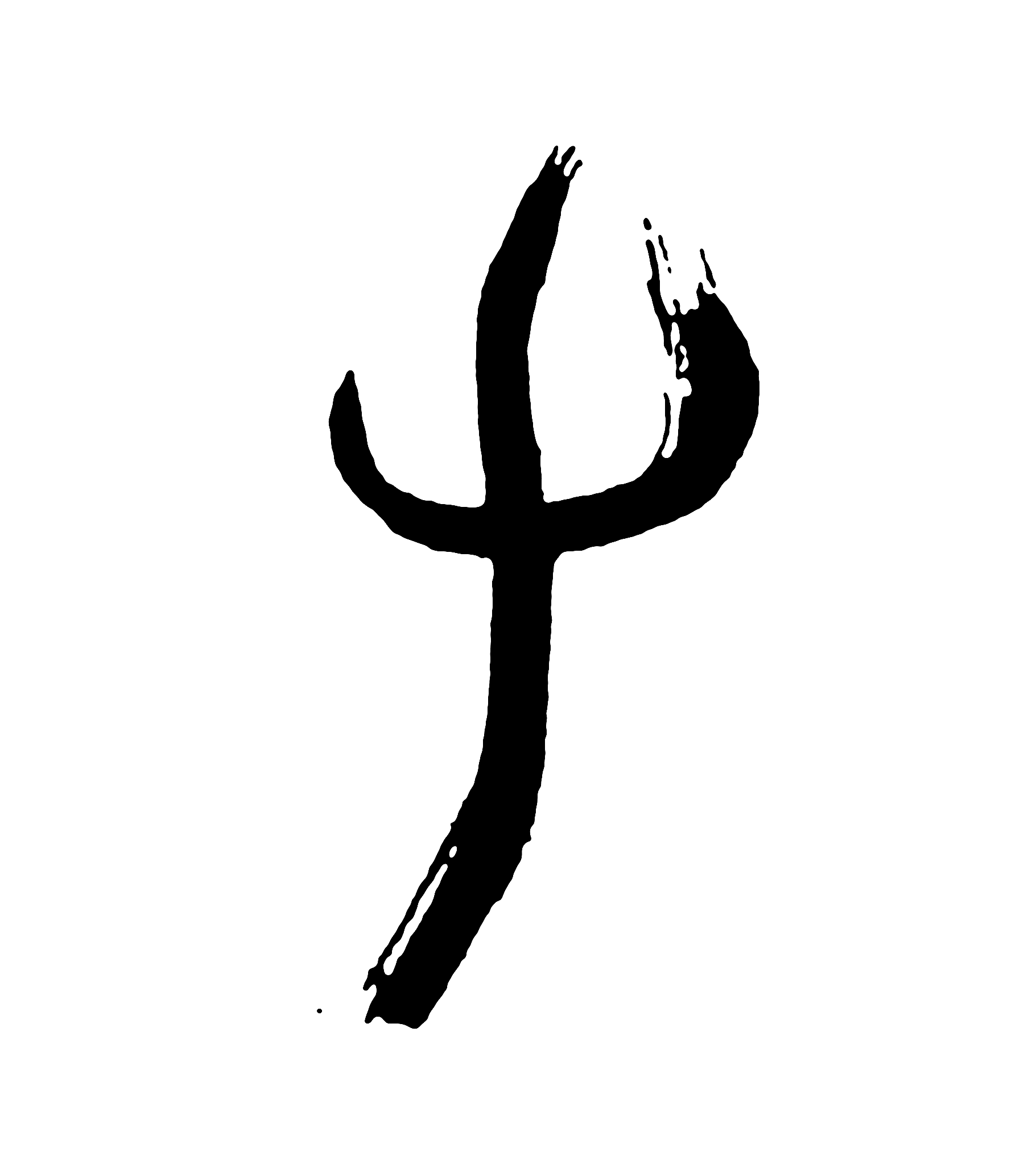What is  ?
?
 , or Psi, is the calling card of Yutaka Matsuzawa, the Japanese artist who devised a unique immaterial strain of conceptualism in the 1960s.
, or Psi, is the calling card of Yutaka Matsuzawa, the Japanese artist who devised a unique immaterial strain of conceptualism in the 1960s.
Read プサイ (Pusai) in Japanese, Matsuzawa borrowed the idea of Psi from “psi powers,” or “cognitive abilities beyond the five senses such as precognition and clairvoyance,” as understood in parapsychology, with which he had become familiar during his research stay in New York in 1956–57. Upon his return home, Matsuzawa began to formulate a theory and practice of Psi as part of his lifelong search for ways to express the invisible invisibly. He produced hundreds of Psi objects and collages, through which he intended to activate the viewer’s mental faculties, many of them being placed in the so-called Psi Zashiki Room in his home in central Japan.
By 1963, Matsuzawa added another layer of meaning to his theory of Psi: the ψ function, a key element of quantum physics that represents the wave function and figures prominently in the works of Werner Heisenberg and Erwin Schrödinger. In his body of Psi works, the Greek character ψ for the first time appeared in his 1963 work, On Another Work in Another Container, or On Cutting. In this work, which would reappear in his 1988 Quantum Art Manifesto, ψ is followed by its Japanese reading in katakana プサイ, signaling the advancement in his theoretical formulation.
On June 1, 1964, the artist had a fateful subliminal experience: While half-awake in his bed, he heard a voice commanding “Vanish matter!” He felt compelled to put his beloved Psi to death, because by then his Psi works were so closely tied to materialism, manifesting in the form of collage and assemblage. Not only did he decide to use text alone in his work, printed or written on paper support from then onward, he also devised the concept of Non-Sensory Painting, a new form of painting that exists invisibly but surely, just like anti-matter or a universe with negative curvature do. The first publicly presented work after his Revelation, Psi Corpse at once announces the death of Psi and the birth of Non-Sensory Painting.
However, Psi was too important for him to keep in the coffin. He quickly resurrected it and subsequently remodeled it with a simpler definition: “human psyche.”
Reiko Tomii